By Julia Lawrence
Artspace Gallery once again became an opportunity for Toronto Metropolitan University (TMU) third-year Image Arts students to showcase their personalized photobooks.
Through its annual First Edition Photobook Show, the gallery is filled with books on various topics. From fond memories of a beloved pet to a new look at mundane suburbia, each is unique, as students can pull themes from previous assignments.
Image Arts’ associate professor Alex Alter said in an email interview with The Eyeopener that students enrolled in MPS 507—The Photographic Book—go through three assignments. The first is a “Quickbook” to get them situated with the photobook format. The second is a “New Meaning book” that allows them to reinterpret a body of work into a photobook. The final assignment follows an interpretation of “mapping” with landscapes, family lineage and more of the word’s meanings.
“This year, we gave the students an option [to choose] which of the two main assignments to enter into the exhibit,” Alter said. “The book format is an ideal method of presenting themselves as art professionals into the Gallery Market.”
The exhibit creates an open space where the public can visit and connect with student photographers at TMU who are building their portfolios.
Christie Xu made her book, A Place on Earth, to be a subtle love letter documenting her and her partner’s journeys in the sky.

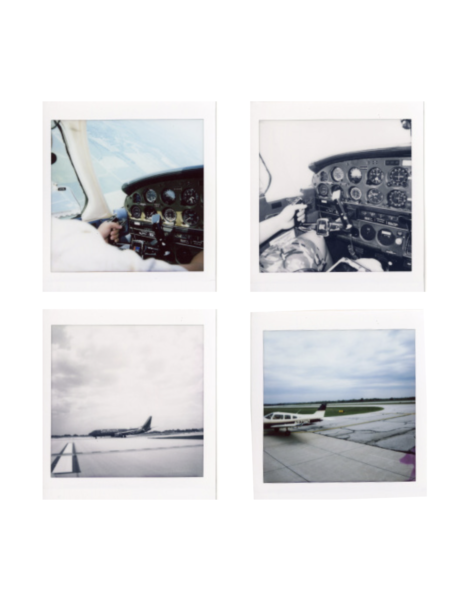

Xu’s partner got his private pilot license during COVID-19 and the two have since made trips to collect flying hours, which allowed Xu to take photos from the sky.
“It’s the relationship that made this trip happen. We have a pilot, we have a photographer, the two elements that make this book.”
The reader is taken on a journey with photo snapshots, flight plans and maps as they make their way through the book.
Xu drew a dotted line on a map of the United States that appears as a constellation on one of the first pages.
“This is informational. It means something to the technical [aspect], but I never noticed the aesthetic quality of it.”
The paper is so thick that it can’t lay flat as a book normally would, but Xu used this to her advantage and put her name and foreword mid-book, a non-traditional way of storytelling.
“I put my whole story essentially [on] the last page and the final page is me and my partner holding hands,” Xu says. “I wanted to slowly reveal the true sentimental purpose, but first indulge you in some aesthetic pictures. It starts slow and it sort of hits you at the end.”
“It’s the relationship that made this trip happen. We have a pilot, we have a photographer, the two elements that make this book.”
Xu’s classmate, Sai Bagni, used mapping to explore the suburbia of Waterloo through a different perspective in their book, Frisson.
“I went to a very white high school and I grew up in a very white community,” Bagni says. “So, I very much didn’t feel like I belong in that community as a queer person, as a child immigrant, as a brown person.”
Bagni used their personal experiences from finding themselves online and making friends who were also media and fashion-obsessed as a theme to explore in the book.
The idea for Frisson came up when Bagni was back in Waterloo for Christmas late at night.
“As someone who had just come from going to school in Toronto and having experienced that eccentric energy, then coming back to this quaint, small traditional place, felt very jarring.”
They knew they wanted to capture the everyday experiences of stereotypical suburban things, headphones, soccer fields, chain-linked fences and the things residents of small towns never really think about.
“The images in Frisson are me magnifying, exaggerating and dramatizing these mundane experiences while also injecting the inspiration from things I’ve seen on Tumblr.”
Bagni struggled at the beginning of the assignment to picture how to make the theme work. “How can you make something about something that’s essentially about nothing?”
They combined it with a contemporary idea of encapsulating a young person online and used fashion and documentary photography motifs, which helped make the mundane interesting.
Sophia Markelj uses the assignment as an opportunity to continue her love for food photography but adds new meaning to her work in Generational Flavours.
After some thinking, Markelj grabbed her collection of dishware stored under her bed and decided to incorporate it into her photography for the project.
While looking, she re-found a gift her grandmother gave her on her 15th birthday containing dishware, cutlery, tablecloths and napkins, which belonged to Markelj’s great-grandmother, Sophie.
“She wrote notes for each item saying how important they were to her and her family and how she hopes I can use them,” Markelj says. “In the initial card, she said these items were her grandmother’s and she was passing them down to me, which is her namesake, and she hopes I can use them in my food photography and styling.”
Markelj’s grandmother passed away a few months after gifting her the collection. For her, knowing she’d been using the dishware as her grandmother intended made them very sentimental.
She based her project around the gift and used passed-down recipes from her grandmother to her mother and now her. She asked her mother to make dishes for her to take photos of.
With vivid memories of being at her grandparents’ house, she recreated that feeling with the same tablecloths and dishware.
Although Generational Flavours derived from Markelj’s personal experience, she hopes others can relate as everyone is part of a generation and an ancestral line.
“Grandparents are so special. They have had such a vital influence in my life, and I hope that everyone who still has their grandparents can appreciate them while they’re here because I miss mine dearly.”
Markelj heard from a friend who visited the gallery with their mom that she connected and related to the book through the passing of recipes.
“Whether you’re from the same cultural background or not, it’s about the generational flavours that have been passed down.”
For Markelj, the assignment and exhibition were an opportunity to capture the warm feeling she remembers with her grandparents and where she developed a love for food.
Students in the exhibit have been able to hold their memories tangibly through their photobooks.
While in the course, Image Arts students learned about the importance of putting photos in a tactile form of a gallery or photobooks.
Xu adds, “if you make a series and construct a new world, you’re taking pictures and you’re taking pieces of information from the real world and you’re reconstructing it into your own reality, thoughts and viewpoint.”
The First Edition Photobook Show is open for viewing at Artspace Gallery until Feb. 17.


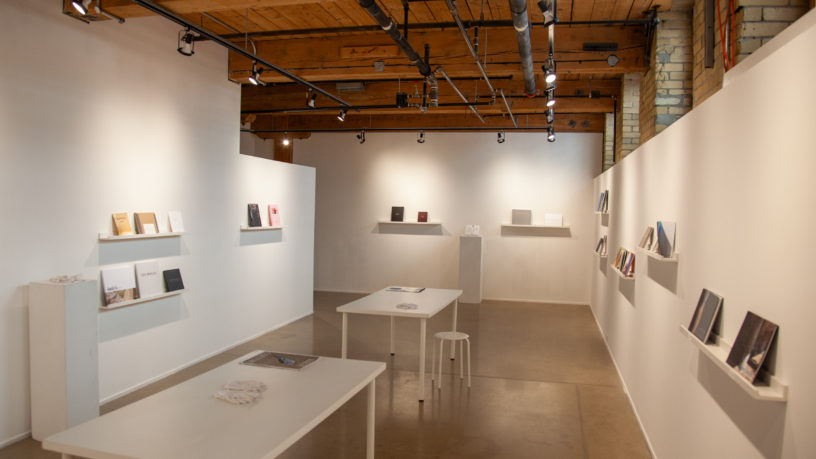
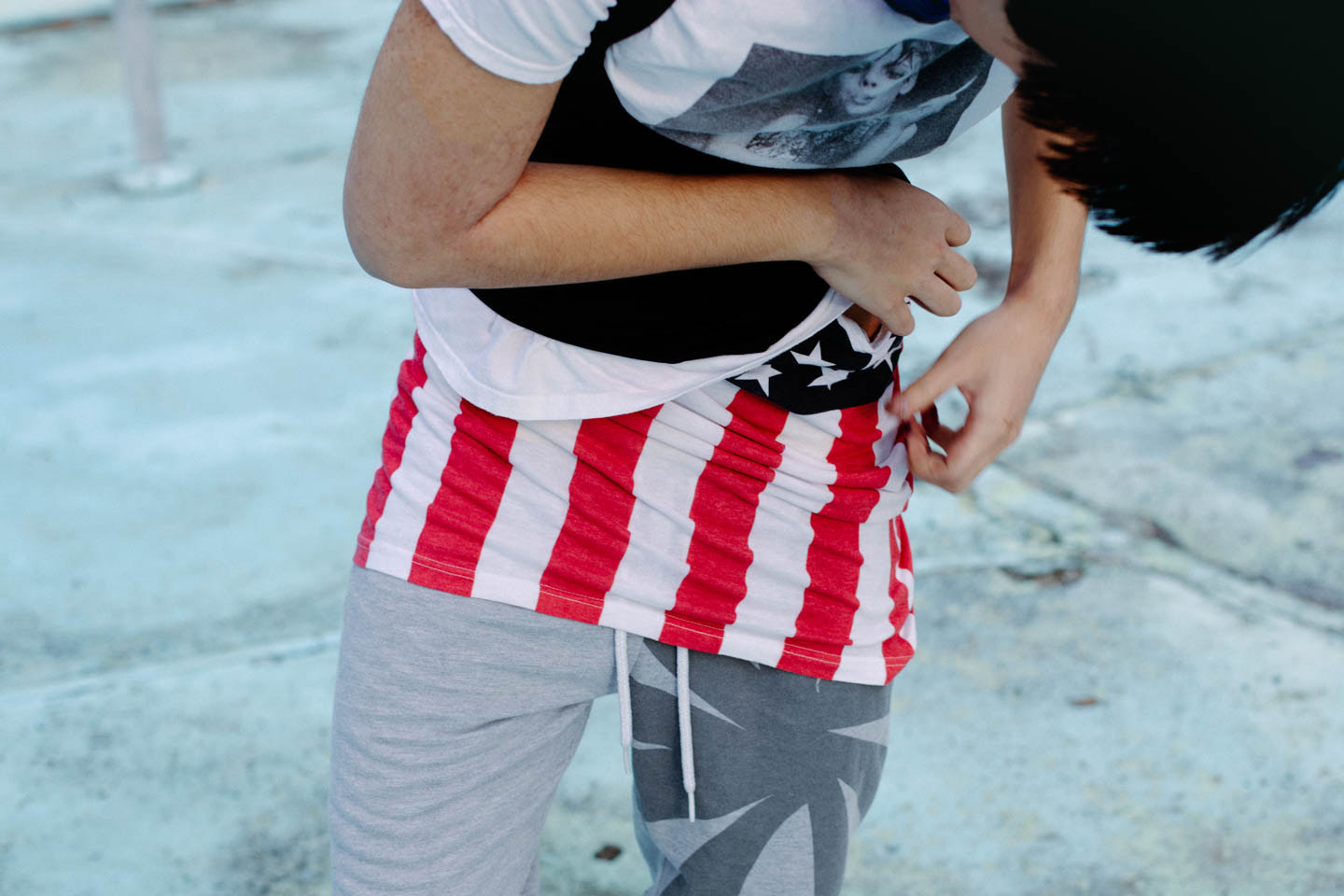
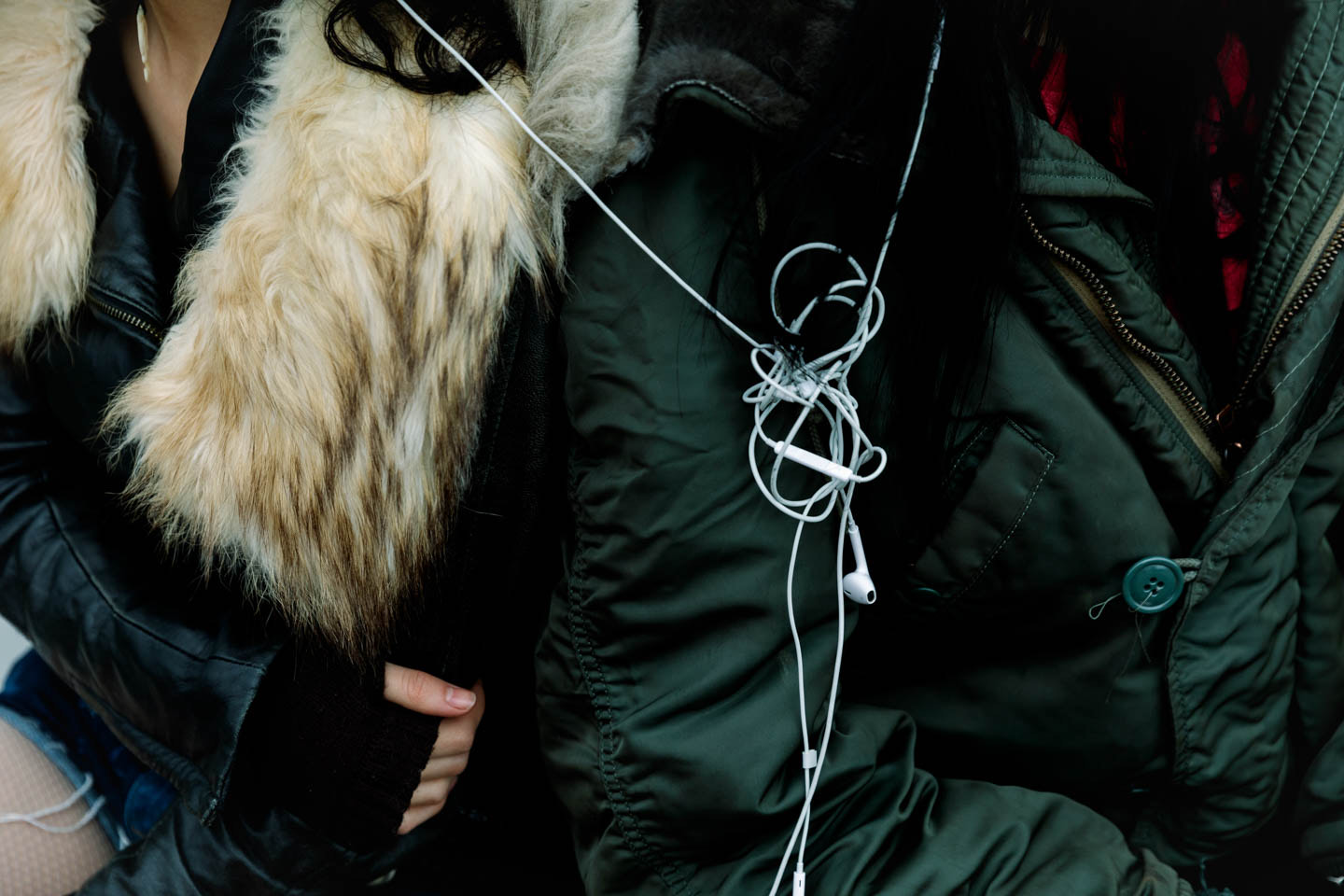



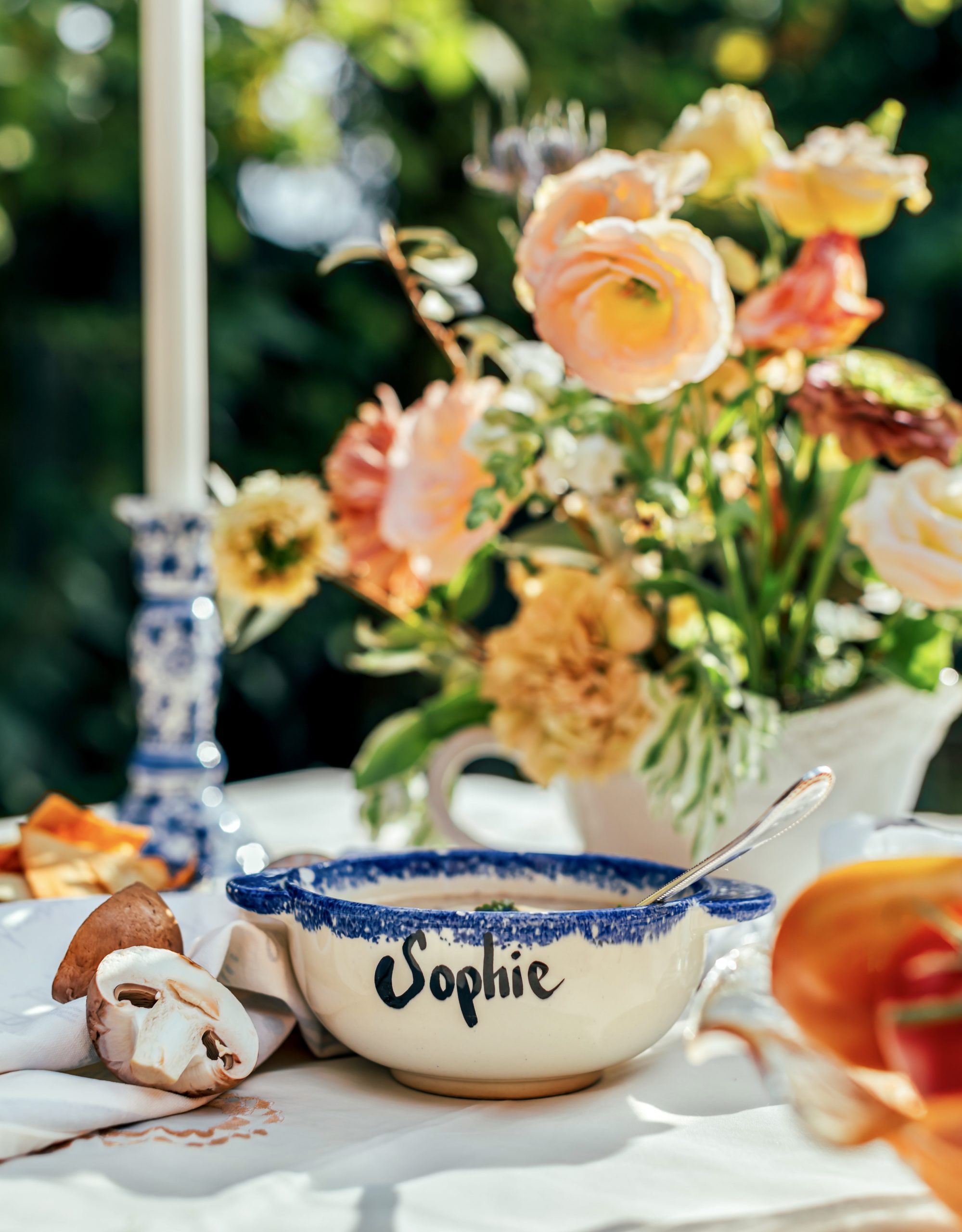








Leave a Reply